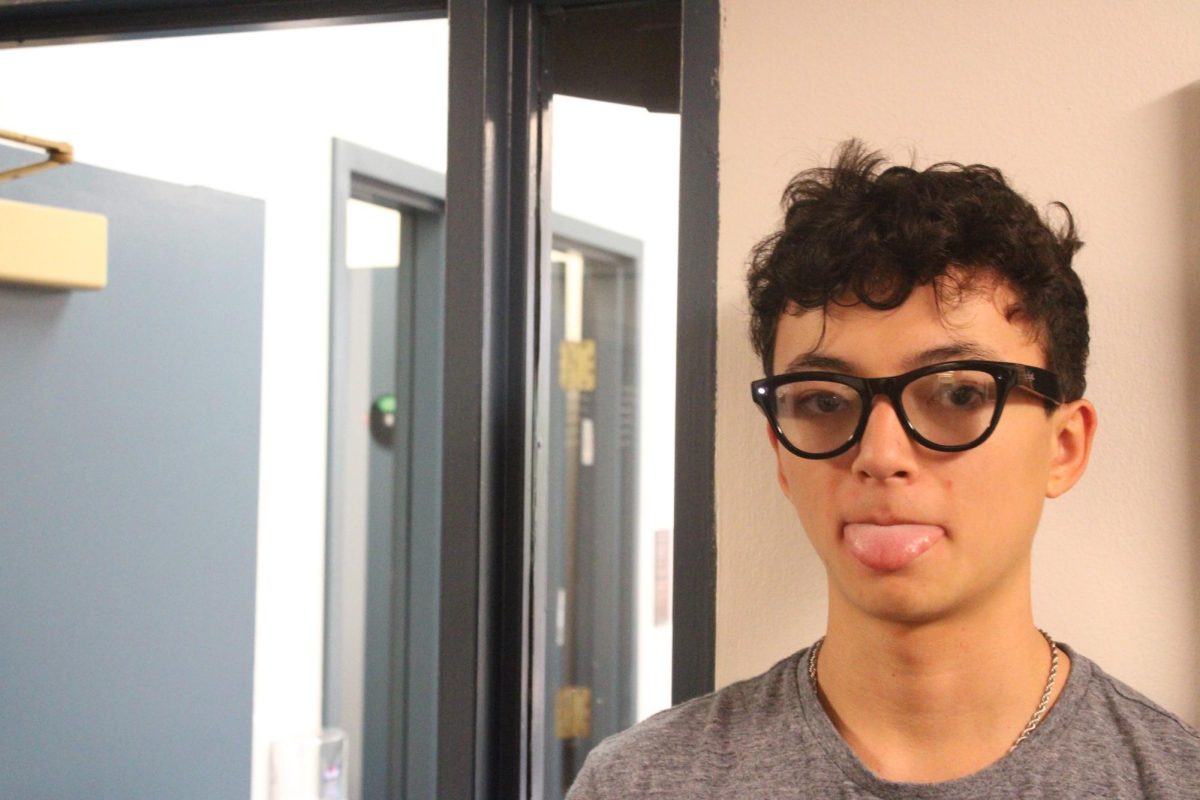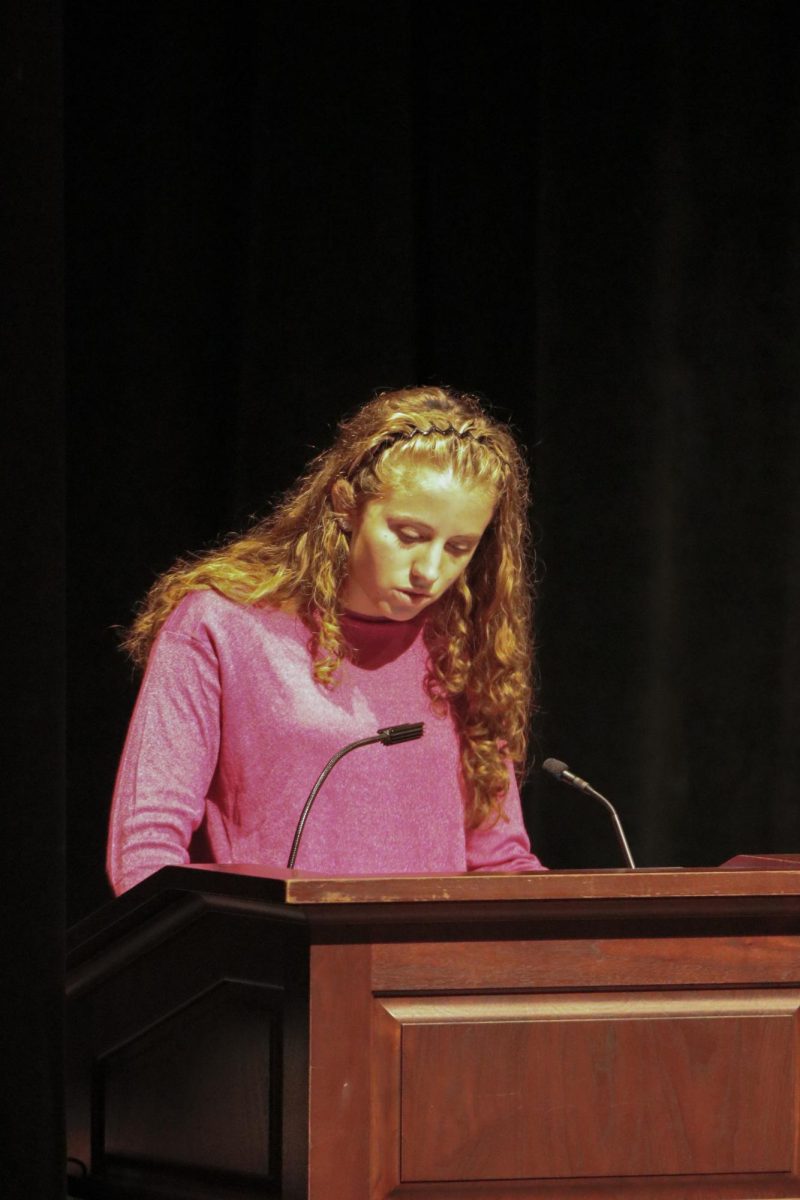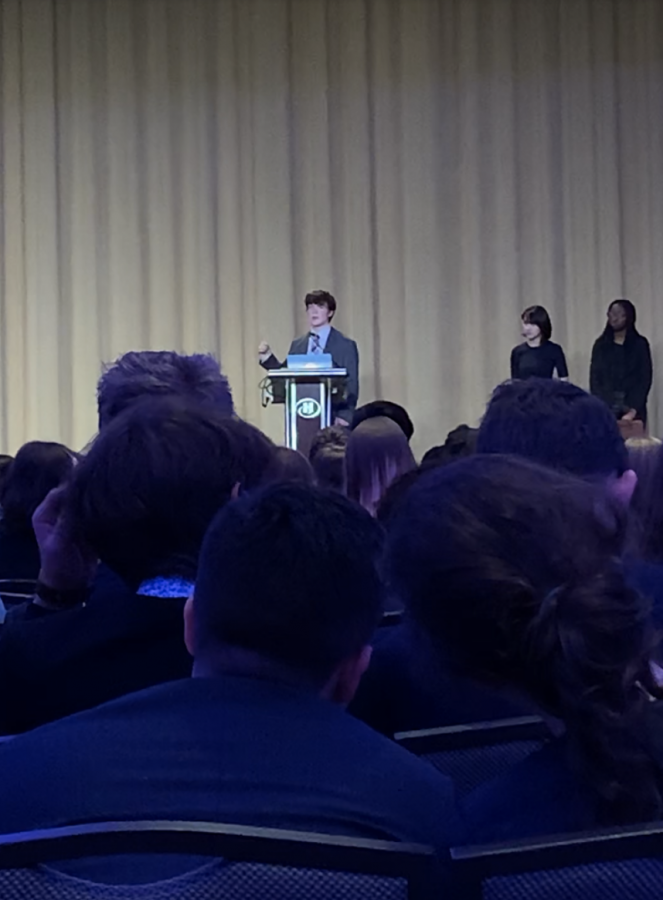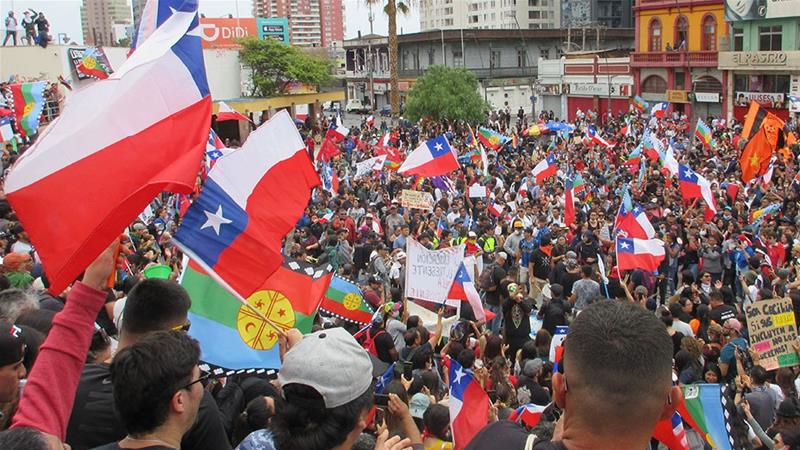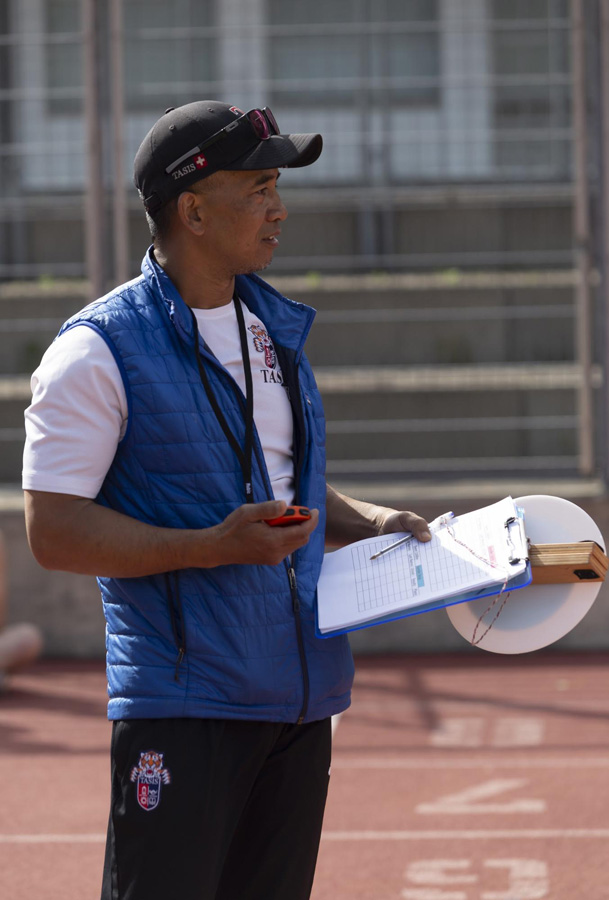Emily Bernhardt “Next year, there will be a change in the required history course for the freshmen,” Ms. Hennessey announced to a theatre filled with current freshmen, sophomores, and juniors. Students turned to each other with looks of confusion, wondering what this change could possibly be. “Next year,” Ms. Hennessey continued, “the current global cities class will be replaced with a global studies class.” This statement prompted laughter from all ends of the theatre. They made an announcement about changing one word. How could this new class possibly be any different? The former global cities and current global studies coordinator, Mr. Cruz, answers this question by first stating that the whole class has been “completely redone” for next year. Global studies is not simply global cities with minor tweaks, instead it is its own class that covers various new concepts and places. Some major differences include: textbooks instead of packets (yes, those infamous packets that most likely caused the death of about ten trees each), four units instead of six, and (not so shockingly) no cities. The entire year will focus on connecting different places, hierarchies, and cultures to each other, as well as answering the question of “what drives history?” These changes, though new to us, have been in the works for the past three years. Classes at Latin are constantly evaluated and revamped or recreated in order to improve them, and global cities was certainly no exception. Mr. Cruz, among others, realized that the way global cities was taught leaves “big geographic and conceptual gaps.” For example, the entire continent of Africa fails to be mentioned throughout the course, as well as certain key ancient civilizations like the Indus River Valley. The class also never dealt with “issues of colonialism or imperialism or fascism” as well as “the differences between socialism, communism, and capitalism,” topics that are each “really important to know about now, in the 21st century.” By looking at these “big holes” in the curriculum, Mr. Cruz and the history department quickly discovered that they “would have to take the class apart and rebuild it.” Now, all of these missing units will be taught (and more!) in this “unique” new program, and Mr. Cruz is “very excited” about it. As we all also remember, the global cities class had a required visual art (global cities visual arts, GCVA) component to it. Though that section will stay, starting next year, it will also be “re-designed” to fit the new global studies class. Ms. Ross, head of the visual arts department at Latin addresses her goals for next year’s GCVA class. “One of our goals is to engage students through essential questions used in the making of art from the past, the present, and also into the future. Our goal is to empower our students to learn how to think more like artists and to learn more about techniques, skills, and materials. We are designing short-term activities, simulations, and projects that fuel creativity. These creative problem solving challenges will enable our students to become 21st century thinkers and creators.” Though this may be the most recent, the emergence of global studies is not the only time that Latin has made big changes to one of its main classes. However, hopefully, next year’s global studies and corresponding art classes will be adjusted to more properly prepare Latin freshmen for future classes.]]>
Categories:
Global Cities to Global Studies
April 15, 2017

0
More to Discover

